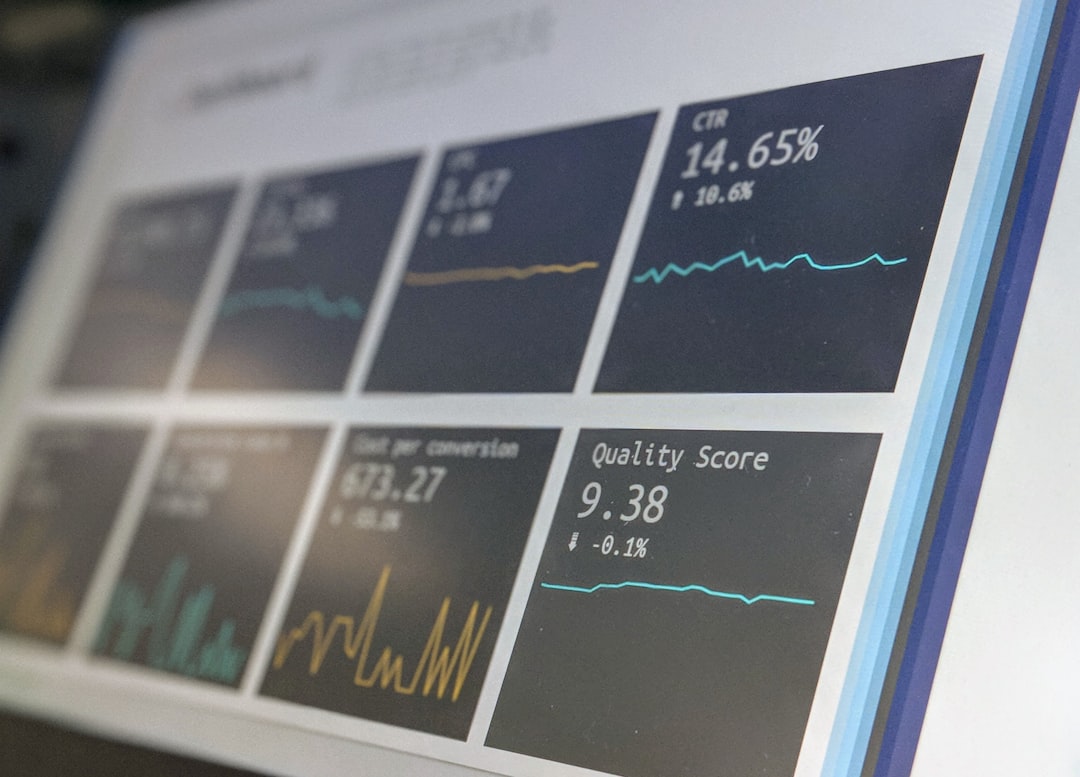
The Complete Guide to Economic Development.
# Introduction. Economic development is a pivotal factor in the growth and sustainability of communities across the globe. It encompasses various strategies aimed at improving the economic well-being and quality of life for a population. Understanding the intricacies of economic development is essential for policymakers, business leaders, and community stakeholders who aspire to create opportunities and enhance living standards. In this guide, we will unpack the concept of economic development, its importance, core principles, and strategies to implement effective development programs. # Understanding Economic Development. Economic development goes beyond just increasing a country’s or a community’s income. It involves creating an environment that fosters business development, innovation, and investment, which subsequently leads to job creation, income growth, and improved living standards. The concept revolves around the principles including increasing productivity, ensuring equitable distribution of resources, and enhancing the capabilities of individuals to utilize resources effectively. A well-defined economic development strategy can transform a struggling economy into a prosperous one by focusing on sustainable practices and inclusive growth. # Key Components of Economic Development. Several components contribute to a successful economic development strategy. These essential elements include human capital development, infrastructure improvement, access to capital, market accessibility, and government support. Human capital development involves investing in education and training programs to enhance the workforce's skills and capabilities. Infrastructure improvement focuses on developing transportation, energy, and communication systems necessary for businesses to thrive. Access to capital enables entrepreneurs to secure financing for their ventures, while market accessibility ensures goods and services reach consumers. Lastly, government support through policies and incentives plays a critical role in creating a conducive environment for economic activity. # Strategies for Economic Development. Developing effective strategies for economic development involves a multi-faceted approach tailored to the unique needs of a community. Here are several strategies that have proven successful: 1. **Investment in Education:** Investing in education and vocational training equips individuals with knowledge and skills, which in turn increases competitiveness in the job market. 2. **Incentives for Businesses:** Offering tax incentives or financial assistance can attract new businesses and retain existing ones, leading to employment opportunities. 3. **Improving Infrastructure:** Upgrading transportation systems and enhancing communication networks can stimulate economic activities by facilitating trade and improving accessibility. 4. **Promoting Entrepreneurship:** Supporting local entrepreneurs through grants, mentorship programs, and access to funding can spur innovation and job creation. 5. **Fostering Public-Private Partnerships:** Collaborations between the government and private sector can lead to more innovative solutions and share the financial burden of development projects. # Challenges in Economic Development. While economic development presents various opportunities, it is not without its challenges. These challenges include economic disparities, limited resources, bureaucratic inefficiencies, and resistance to change. Addressing economic disparities requires focusing on marginalized and underserved populations to ensure that all community members benefit from growth. Limited resources demand creative solutions and prioritization in development initiatives. Moreover, bureaucratic inefficiencies can hinder progress, emphasizing the need for streamlined processes. Overcoming resistance to change is essential to implementing new policies and strategies, often requiring education and community engagement. # The Role of Technology in Economic Development. In the contemporary world, technology plays a vital role in economic development. It can enhance productivity, improve efficiency, and expand market reach. From e-commerce platforms that enable local businesses to reach global markets to digital tools that facilitate access to information and education, technology has revolutionized economic development strategies. Moreover, innovations in fields like renewable energy, agriculture technology, and biotechnology can lead to sustainable development practices while addressing pressing global challenges such as climate change and food security. # Conclusion. Economic development is a complex yet essential undertaking for fostering sustainable growth and improving the quality of life in communities worldwide. By understanding its fundamentals, components, and strategies, communities can tailor their development efforts to maximize impact. Investing in education, infrastructure, and public-private partnerships, all while leveraging technology, can set the foundation for a prosperous future. Ultimately, inclusive and sustainable economic development not only enhances economic performance but also fortifies the social fabric of communities, ensuring a better quality of life for all. .





